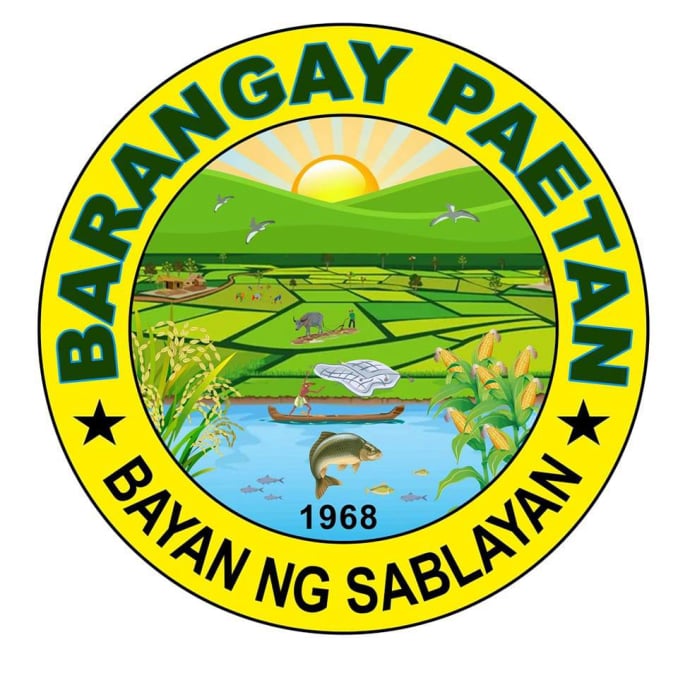Barangays > Paetan

|
Brief History |
This place was a forested plain land where tamaraws and wild pigs abound when Sablayan was created as a municipality during the American regime. The indigenous people and farmers from other sitios used to hunt for wildlife here.
During the Japanese occupation of Mindoro, the enemies did not find any settler in this area. No bloody encounter between the Japanese soldiers and Filipino guerrillas took place in this part of Sablayan.
After the war, the forest in this plain land became a part of the logging concession awarded by the government to an influential individual of Sablayan. Truckloads of lumber used by the pioneers in building their houses at the center of the municipality came from the forest of this place.
In the early part of 1960, families of farmers from Bulacan who were avoiding the conflict between a rebel group and the government troops settled in this place. Despite the presence of malaria, they stayed in this forested but quiet area.
The farmers cleared the forests and converted it into ricefields and cornfields. Once, while looking for food, a group of farmers came near Viga River. They found out that the river abound with a kind of fish locally known as paet. They could easily catch the fishes using a system of fishing known to the indigenous people as atas.
Since the fish called paet served as food of many families during months of scarcity, they agreed to call their settlement as Paetan. Like other communities, this settlement started as a sitio. With the continuous growth of the number of inhabitants, this community was elevated to the status of a barrio in 1968.
Almario Manzon was elected as the first capitan del barrio of Paetan. Through his efforts and with the cooperation of the inhabitants, an elementary school was opened in the barrio.
In 1970, the number of settlers in Paetan grew due to the arrival of families of farmers from the Ilocos and Visayan region. Aside from planting palay, corn and vegetables, fishing was the main source of livelihood of the settlers.
In recognition of the great role played by paet for their survival, the residents decided to carve the image of the fish on the stone which they displayed above the steel gate of their school.
During martial law period, a group of rebels frequently visited Paetan, convincing the residents to join the leftist movement. Nevertheless, the farmers decided to remain loyal to the government and lived as peace loving citizens.
Years later, through the efforts of the barrio leaders, the assistance of the local officials and the people as a whole, a road linking Paetan with the national highway was constructed. A barangay hall and children’s playground were also built.


